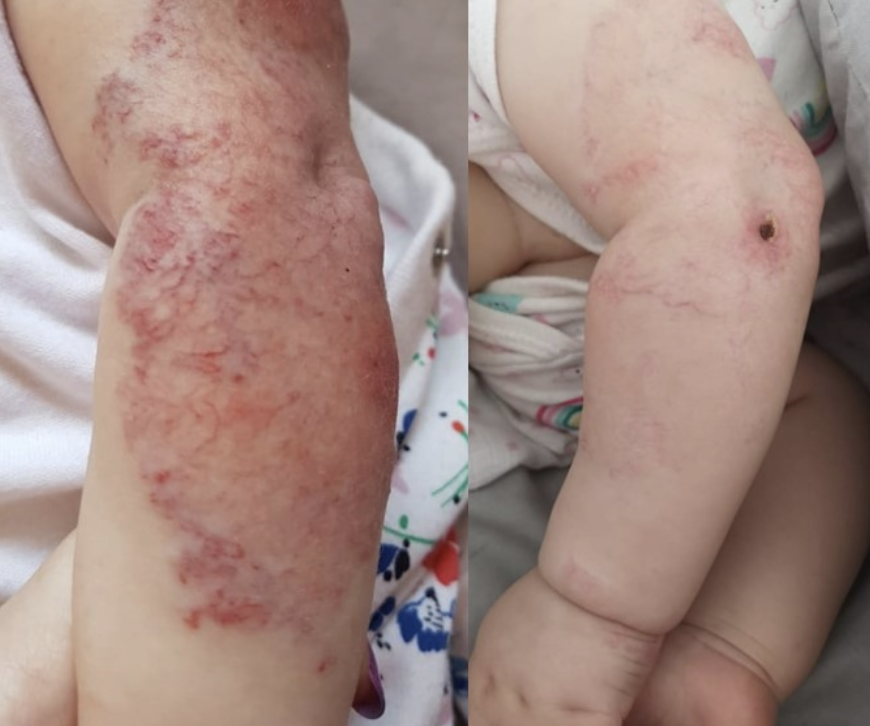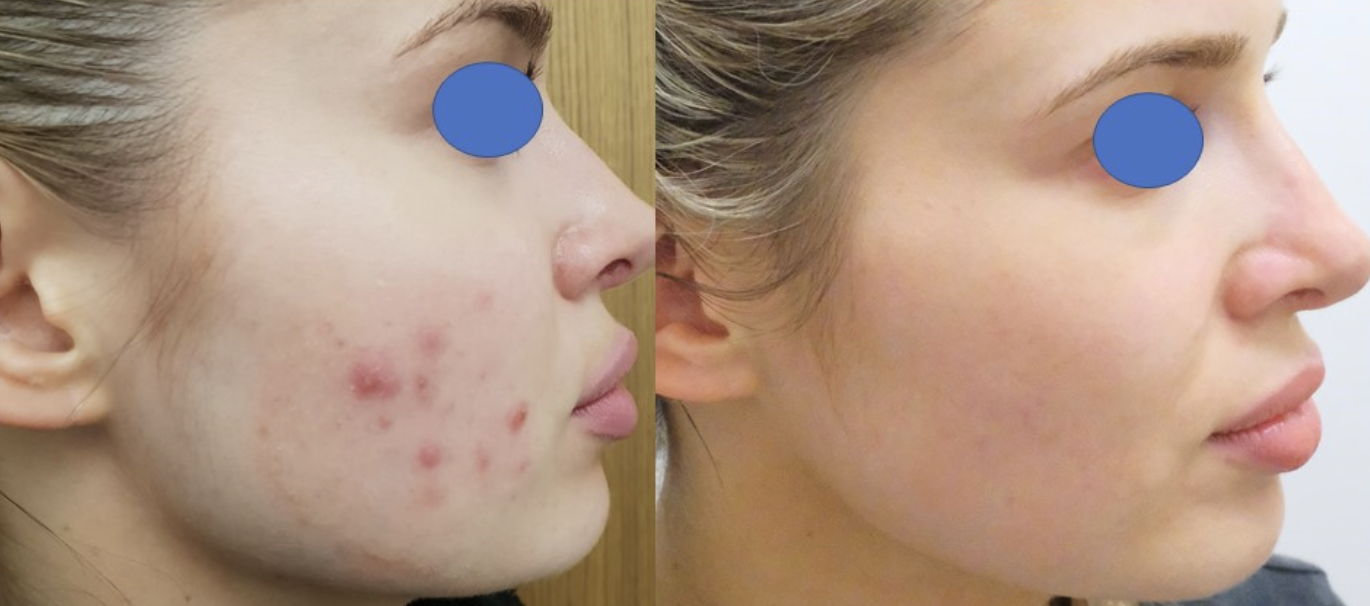Fractional laser
Treatment
Fractional lasers have been around for over a decade now and have transformed the way we treat many conditions with medical lasers. In lasers the light is emitted through a fibre or an articulated arm and the beam of light will cover the entire area of the spot which the light comes out from. In fractional lasers the light that is emitted through the spot or handpiece is “fractionated” into multiple narrow columns of light hence the term fractional.
In essence fractional lasers are lasers that fractionate the light into rays or columns of light with a narrow diameter that can pass through the skin. There are 2 types of fractional lasers. One type causes the light to heat up the skin but without vaporising or removing parts of the skin. This type of fractional lasers are called fractional “non-ablative” lasers, a reference to the non-ablative action it has. Ablation in simple terms means removal as the skin is composed largely of water and water vaporizes at 100 degree Celsius.
Fractional non-ablative lasers generate columns of light that can penetrate the skin to certain depths based on the choice of the practitioner. These columns of light will generate heat and initiate a wound healing response that is favourable in improving a number of conditions such as surgical scars, acne scars and fine lines and wrinkles.
Ablative fractional lasers are lasers that generate columns of light which will vaporise and remove parts of the skin. The depth depends on the amount of energy used and can be very superficial to very deep. The depth will depend on the treated condition. The number of columns per area is referred to as density and this can be controlled and chosen by the treated practitioner. A higher density whereby the columns of light are closer to each other will mean more area of skin is removed hence a longer recovery time but also in some cases a better response. The most widely type of ablative fractional laser used is the carbon dioxide (CO2) fractional laser which is used in wrinkles and scars amongst many other conditions.
Professor Firas Al-Niaimi is an international key opinion leader in lasers and in particular in ablative and fractional lasers where he has published many scientific articles in this field.








